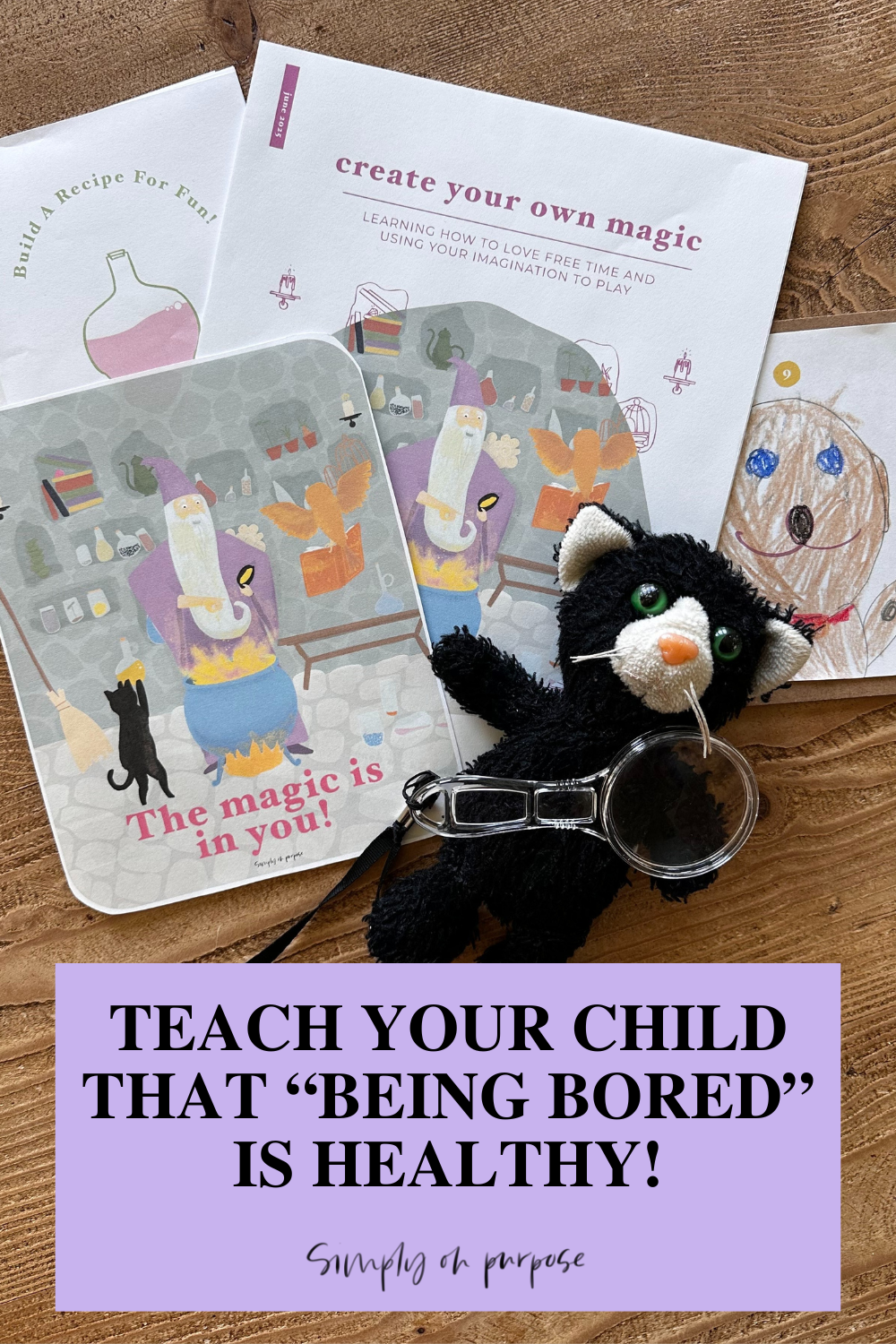Boredom. It’s one of those words that can make parents cringe and kids groan! But what if boredom wasn’t something to be feared or avoided? What if you viewed it as a doorway to creativity, problem-solving, and resilience? Here are three simple tips to help your child embrace boredom and unlock its hidden benefits.
1. Reframe Boredom as an Opportunity
The first step in helping your child embrace boredom is to change how you talk about it. Instead of seeing it as a problem to fix, frame it as a chance for them to explore, imagine, and create. When your child says, “I’m bored,” you might say something like, “I can’t wait to hear what you decide to do next!” or “How exciting. Your brain is waking up!” This shift in perspective helps children see boredom as an opportunity rather than a negative feeling.
When your child complains about being bored, resist the urge to immediately solve it for them. Instead, ask open-ended questions like, “What could you do with this extra time?” or “What’s something you’ve been wanting to try?” Encourage them to think critically and independently about how they want to spend their time.
2. A Play Recipe Book: Create Your Own Magic Printable Activity
For a more hands-on approach, create a “Play Recipe Book” with your child. This is a collection of different “ingredients” for play that can be mixed and matched to create endless possibilities. Ingredients might include items like building blocks, dress-up clothes, art supplies, cardboard boxes, or outdoor materials like sticks and stones.
I’ve created a printable recipe book in this lesson called, “Create Your Own Magic: Learning How to Love Unstructured Time to Use Your Imagination and Play.” It includes a flipbook of different potion bottles, each with a different ingredient for creative play! You can even write your own in the book and see how it turns out. Some fun combinations could be:
- A cardboard box + craft supplies + with music
- Your favorite toy + as high as you can go + with a snack
- A big stick + with water + with costumes
Click here to download your own recipe book and inspire hours of creativity in your home. Not only does this give your child a ready-made toolkit for imaginative play, but it also encourages them to see everyday items in new and inventive ways!
3. Encourage Open-Ended Play
Sometimes the best way to tackle boredom is to let kids explore open-ended play. Provide materials and toys that don’t have one defined use: like building blocks, art supplies, playdough, or even simple household items like cardboard boxes and paper towel rolls. The goal is to give them tools that don’t have a fixed purpose, allowing their imaginations to take the lead.
Open-ended play not only fosters creativity but also helps kids develop problem-solving skills as they figure out how to use the materials in new and interesting ways. You might be surprised at the worlds they can create with just a few basic items and a little encouragement!
By reframing boredom as an opportunity instead of a sad situation, you’ll be helping your child develop the skills they need to turn idle moments into incredible opportunities. With a little guidance and the right tools, boredom can become one of your child’s greatest allies in growing their creativity and confidence.
If you want more info on encouraging independent play, check out these resources:

